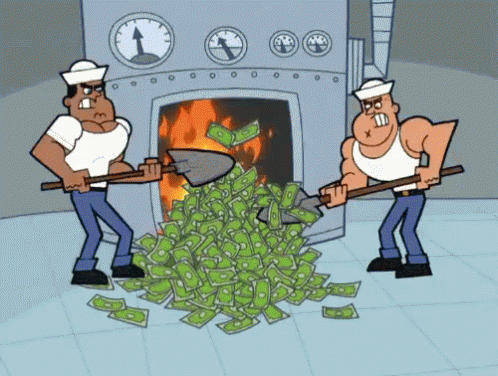Just wanted to reach out to the masses and see if anyone can help me understand these concepts of playing the "low" in game with a low.
-Playing a lock low - I know there are several times in which playing the lock low can result in getting quartered, or less in a pot. From a strategy perspective, I understand that we should be playing pots in an effort to scoop the entire pot; however, are there times when one should be folding a lock low?
* for Example, You have AA23 double suited (hhdd) on a flop of 6s7s8c . You are essentially guaranteed the low, but have 0 high equity. You are first to act, and lead out. Action then goes POT, and RE-POT before you. Do you get it in hoping for 1/2, but knowing you may only get a quarter? This is provided you have no tells or reads on the villains.
-Figuring out the low - This part has always been confusing to me. Lets say I have A277 (Hey, I was in the BB, and it checked around to me). The flop comes out 72K. The turn is an A, and the river is a 4. There are now 4 low cards on the board, but all 3 of my cards are matched. Do I have a low? At the same time, player B has 4588. Does his low beat mine, because his 8 is not paired on the board?
* At the same time, lets say I have AA23 and my opponent has AA27. The board runs out A345K. be both have a wheel. Does his 7 beat my A2 for the low?
Generally, we don't play many games with Low qualifiers. Generally looking for some guidance on the best way to play hands when a low-qualifier is involved.
Thanks
Mark
-Playing a lock low - I know there are several times in which playing the lock low can result in getting quartered, or less in a pot. From a strategy perspective, I understand that we should be playing pots in an effort to scoop the entire pot; however, are there times when one should be folding a lock low?
* for Example, You have AA23 double suited (hhdd) on a flop of 6s7s8c . You are essentially guaranteed the low, but have 0 high equity. You are first to act, and lead out. Action then goes POT, and RE-POT before you. Do you get it in hoping for 1/2, but knowing you may only get a quarter? This is provided you have no tells or reads on the villains.
-Figuring out the low - This part has always been confusing to me. Lets say I have A277 (Hey, I was in the BB, and it checked around to me). The flop comes out 72K. The turn is an A, and the river is a 4. There are now 4 low cards on the board, but all 3 of my cards are matched. Do I have a low? At the same time, player B has 4588. Does his low beat mine, because his 8 is not paired on the board?
* At the same time, lets say I have AA23 and my opponent has AA27. The board runs out A345K. be both have a wheel. Does his 7 beat my A2 for the low?
Generally, we don't play many games with Low qualifiers. Generally looking for some guidance on the best way to play hands when a low-qualifier is involved.
Thanks
Mark








